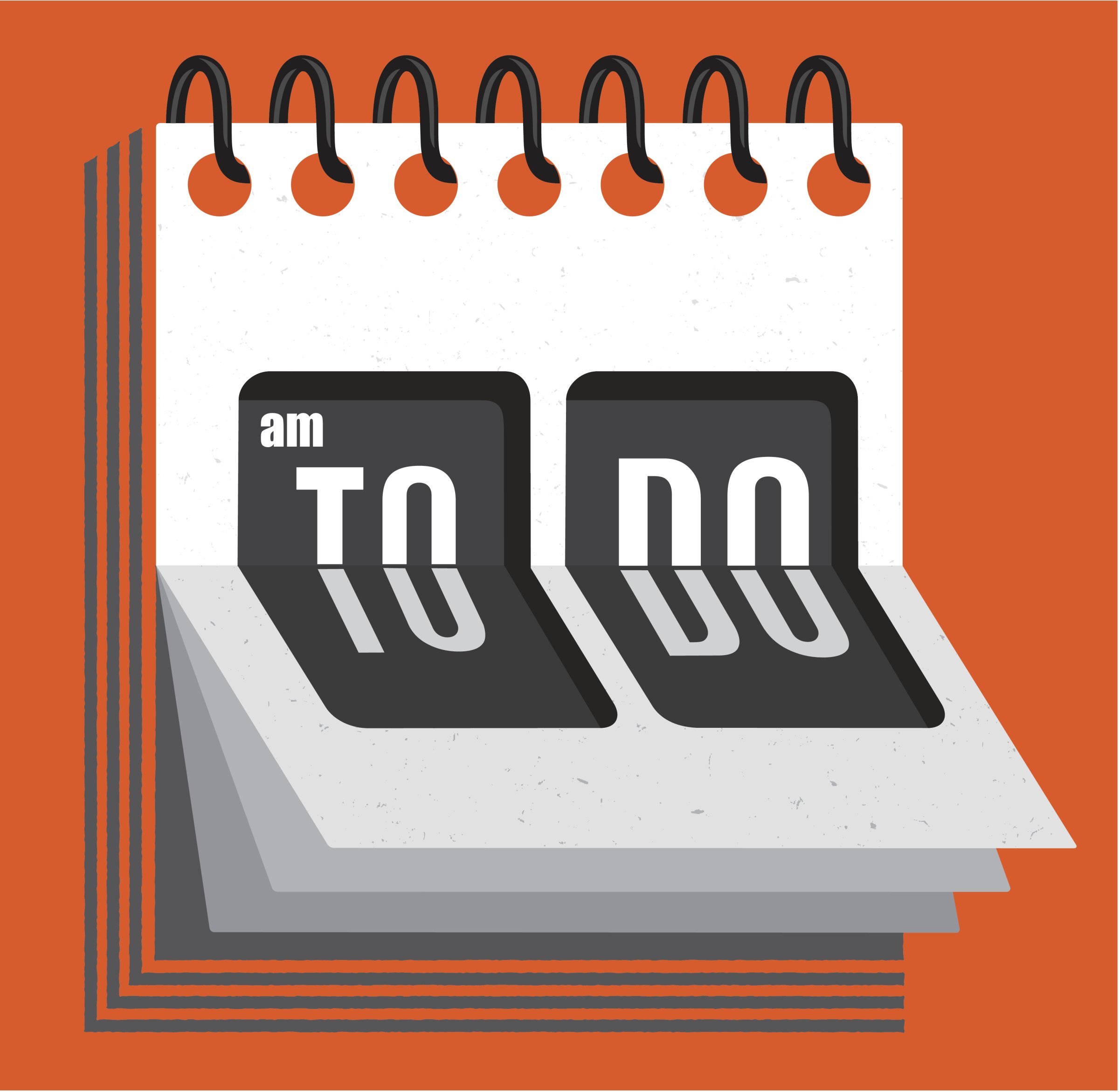
For many of us, another new year means another new calendar; however, if you’re like a majority of all U.S. full-time workers, you’ll start several new calendars or have no calendar at all. This could be one reason why your work-life balance New Year’s resolution usually fails.
As part of our most recent survey of full-time U.S. workers conducted by global research firm ORC International, we found that more than half (53%) of all respondents said they either keep separate calendars/priority lists for work and personal events/tasks (36%) or don’t use any calendar or priority list at all (17%). Forty-seven percent of respondents said they keep one, combined calendar/priority list that tracks all their work and personal events/tasks in a single view.
That simple single calendar approach may be one of the keys to work and life success. For more than a decade we’ve studied the secrets of a group we call the work+life fit “naturals,” those unique individuals who seem to intuitively understand how to fit work and life together in a way that allows them to be their best on and off the job. Almost all of them keep one combined calendar/priority list that clearly shows what they are trying to accomplish, daily and weekly, both at work and in their personal life.
By displaying both their work and personal to-dos together, the naturals shift from “reactive overwhelm” to “deliberate intention.” As the line between our jobs and our personal lives continues to blur, a combined calendar and priority list helps the naturals reestablish solid boundaries around what they need and want to get done. It also forces them to prioritize and to think about the best way to accomplish the activity or task entered.
For example, when a natural receives a request from a colleague to start a meeting at 1 p.m., but had planned to take a 30-minute lunch walk at the same time, the combined calendar forces a pause and a moment of conscious choice. The natural can either accept the meeting and walk earlier or choose not to walk at all. Or he or she can ask if the meeting could start 30 minutes later.
Setting up a combined calendar/priority list is simple. Platforms like Gmail, iCalendar, and Outlook allow you to view your work and personal calendars together, and adjust privacy settings to limit which entries can be seen by whom.
Some naturals note entries as specific as “call mother to check in,” “order groceries,” or “review 401K,” while others simply block out periods of time knowing clearly what they want to accomplish without writing it down. The point is the boundary has been established with deliberate intention, which increases the likelihood that what matters will actually happen.
When it comes to calendars and priority lists, and finally breaking the cycle of “balance” resolution failure, apply that old saying “less is more.” Just one calendar may be the key to increased professional success and personal well-being in 2015.
Cali Williams Yost is the founder and CEO of the Flex+Strategy Group/Work+Life Fit, Inc., a flexible workplace advisory firm, and the author of Tweak It: Make What Matters to You Happen Every Day (Center Street, 2013).
More Must-Reads from TIME
- Donald Trump Is TIME's 2024 Person of the Year
- Why We Chose Trump as Person of the Year
- Is Intermittent Fasting Good or Bad for You?
- The 100 Must-Read Books of 2024
- The 20 Best Christmas TV Episodes
- Column: If Optimism Feels Ridiculous Now, Try Hope
- The Future of Climate Action Is Trade Policy
- Merle Bombardieri Is Helping People Make the Baby Decision
Contact us at letters@time.com